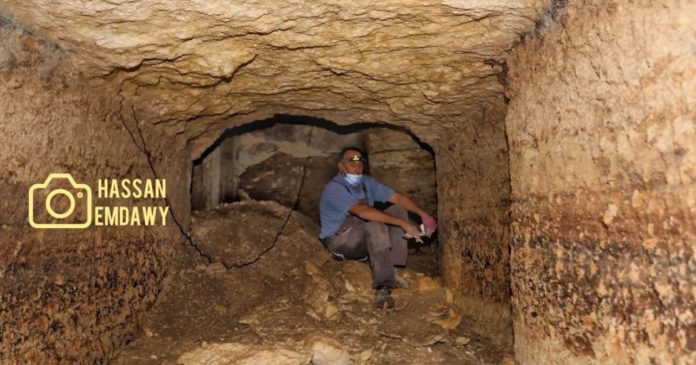Shahat, Libya — The Cyrene Archaeological Authority has announced the discovery of a previously unknown underground structure in the ancient city of Cyrene.
Fieldwork carried out by specialists from the restoration department revealed a circular subterranean chamber, with several radial corridors branching off at depths of three to four metres.
Within the structure, excavators found fragments of ceramic and pottery, alongside a marble pedestal bearing part of a statue: a human foot wearing a Greek-style sandal.
Preliminary analysis suggests the site dates to the Hellenistic or early Roman era. Officials say researchers will conduct further excavations and detailed studies to determine the structure’s original function and significance.
This discovery adds to a growing body of archaeological work at Cyrene—once a thriving Greek colony and later Roman city—offering fresh opportunities to deepen understanding of its urban layout, ritual practices and material culture.
The Authority emphasises that researchers should interpret the promising find with caution, as their current results are still initial and require a full investigation.
As a next step, the research team will map the corridors, catalogue the finds in detail, and compare the structure with other known subterranean installations in the broader Mediterranean region of similar date. The aim is to place the site within the historical and cultural context of Cyrene’s development.

